July 3, 2013 | seo
There are many factors to consider when designing a home flower bed. The right flower bed can impressively improve a home’s landscape and overall appearance.
Schumacher Companies in West Bridgewater, Massachusetts provides high end landscaping services and shares these five steps on designing the best home summer flower bed:
1. Location, Location, Location…
Before planting, specific information about the location should be gathered to decide if it’s the best space.
• Sun and Shade – Find out how much sunlight and shade the location gets, then find out how much your plants will need. Some plants need equal sun and shade, while others prefer shaded moist areas.
• Trees – Trees compete for nutrients and water, making it challenging for little plants under them.
• Soil – Determine which type of soil is in the location and what will be best for your plants.
• Size and shape of bed – Straight edges are easier to maintain while curving edges soften the flower bed’s presentation. Narrow sized beds will limit the number of plants allowed.
2. Color
Schumacher Companies encourages choosing color schemes that you find appealing.
If you’re unsure, a color wheel can provide guidance. The primary colors of red, blue and yellow are mixed in equal amounts to make complementary colors. Consider colors that are adjacent on a color wheel soften transitions and create harmony. Differing shades of purple, blue and yellow are often planted for this reason.
When planted singly, the effect is lessened to the point where the bed can look messy and disordered.
3. Texture
The texture of a plant refers to its look and appearance, and not how it feels. Plant texture is often categorized as fine, medium or course.
Fine textures create an airy effect, present a relaxed atmosphere and have a tendency to make a small space feel big. Large-blossomed or –leaved plants tend to be dramatic and course plants can make a space feel smaller when planted in groups.
Schumacher Companies encourages combining different textures to create contrast, which allows the plants to differentiate themselves. The goal is to combine textures to create contrast and focal points in the bed.
4. Height
The height of the location will determine the plant’s height.
If the flower bed borders a fence, wall or foundation, consider placing taller plants toward the front and don’t exceed the height of the wall or foundation. If plants are too tall and cover the house and windows, then a missy discordant effect is created.
If it’s a narrow location along a walkway or fence, keep plant heights in a pleasing ratio.
If the location is a floating bed in the middle of a lawn, place taller plants in the middle and smaller plants on the outside edges.
5. Perennial or Annual
There are advantages and disadvantages to both perennial and annual plants.
With proper care, perennial plants will come back every year. This makes it cost effective over annuals. However, perennials only bloom once a year. Consider using a mix of perennials to get blooms each season. Annual plants have instant color because their availability is based on their bloom season. The disadvantage is that they don’t return the following season and there are high demands for water and fertilizer.
If you want to use both perennials and annuals, build a foundation of perennial material and create spaces for annual color to be planted during each season.
(Images/Schumacher Companies)


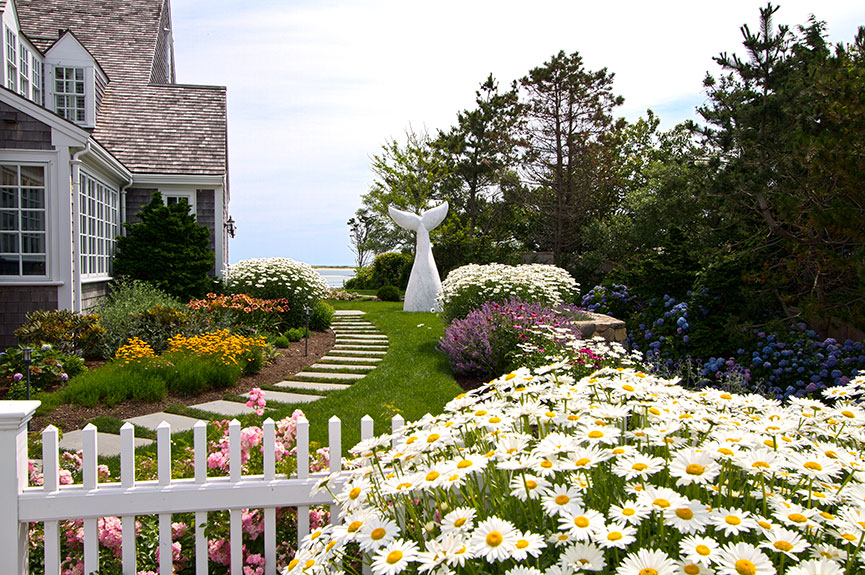
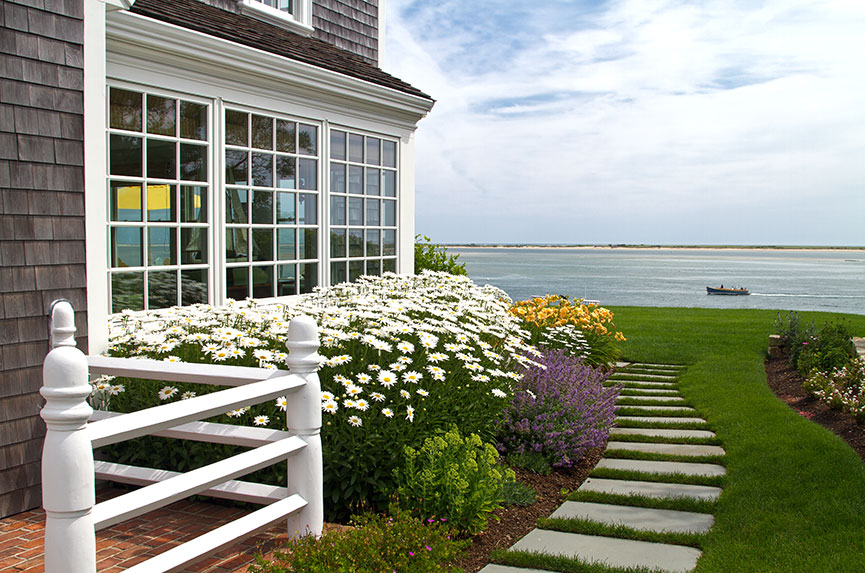
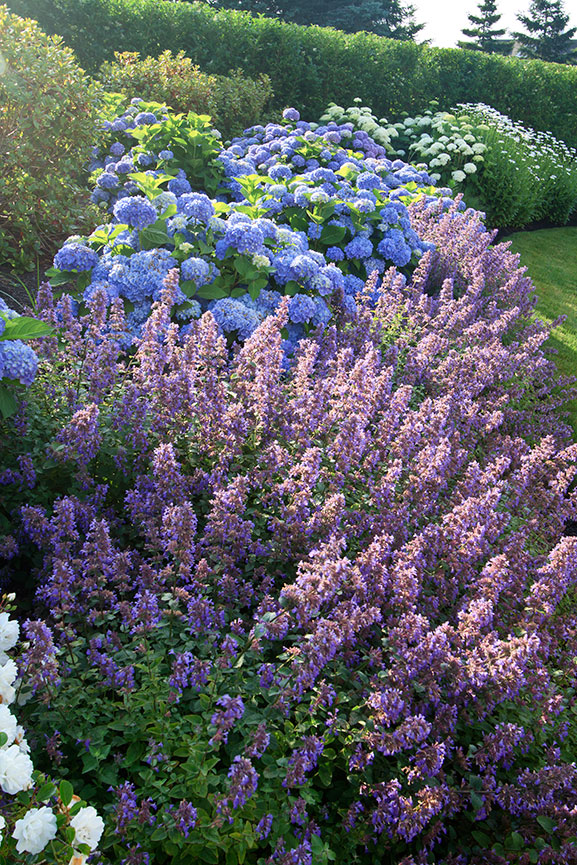
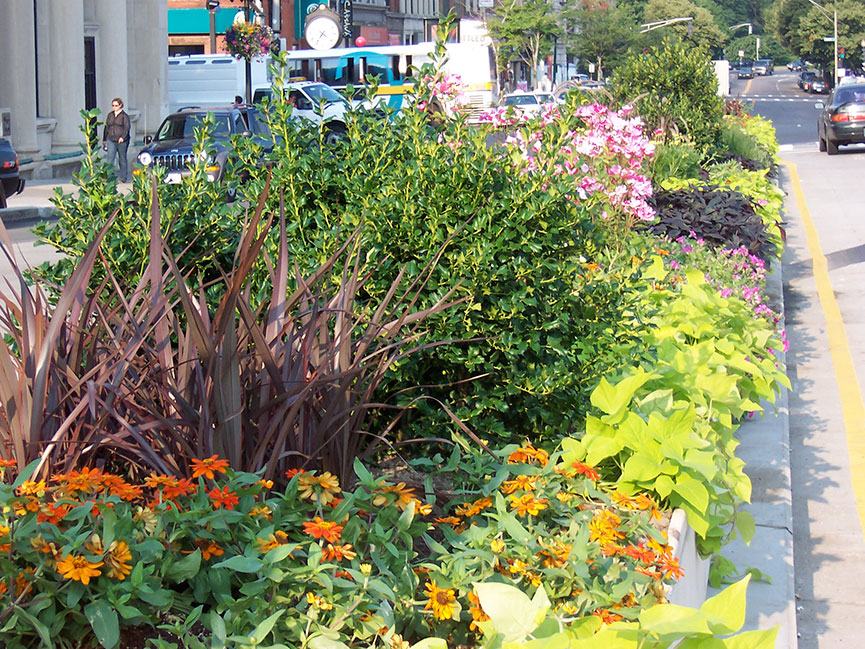
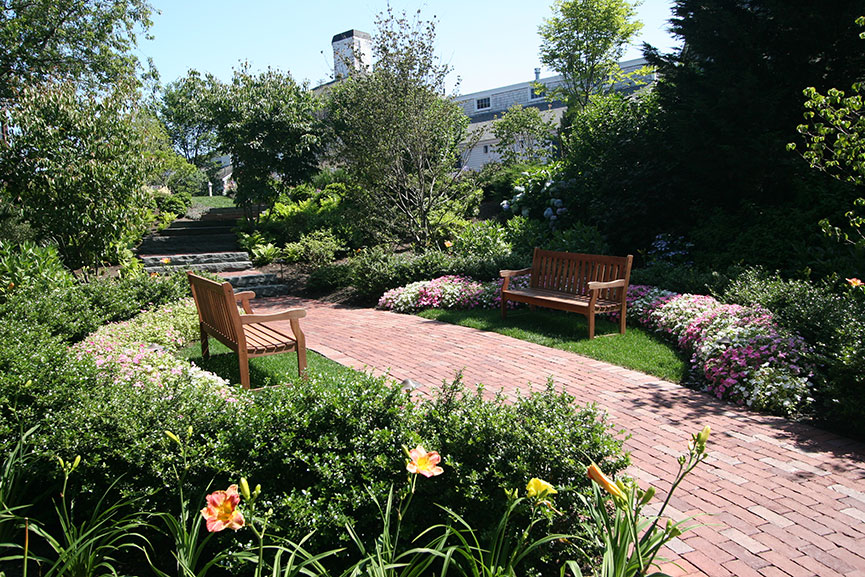
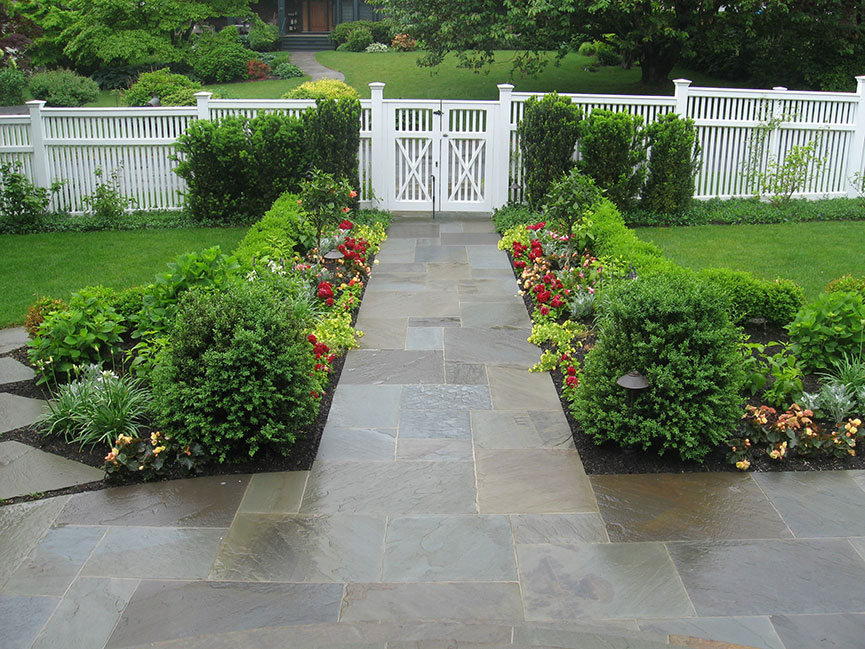
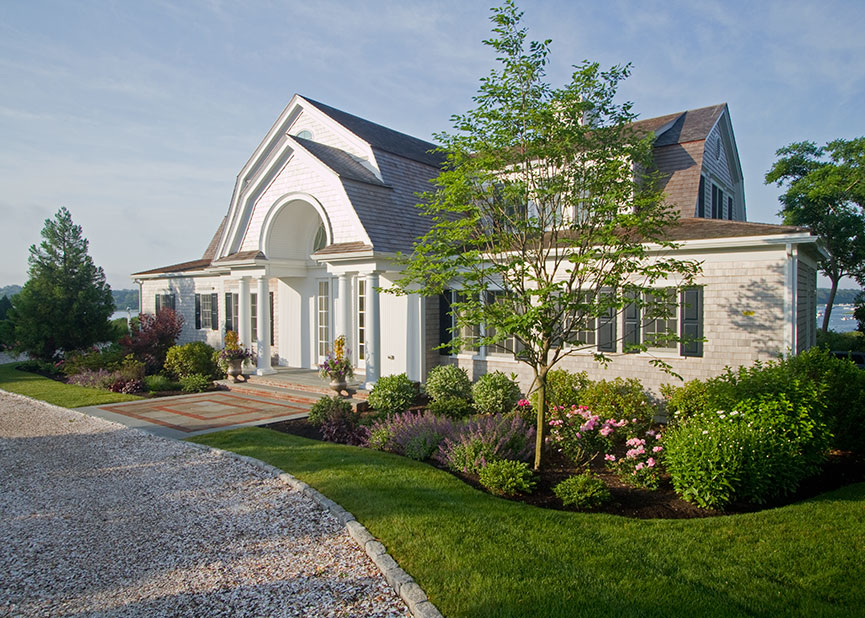
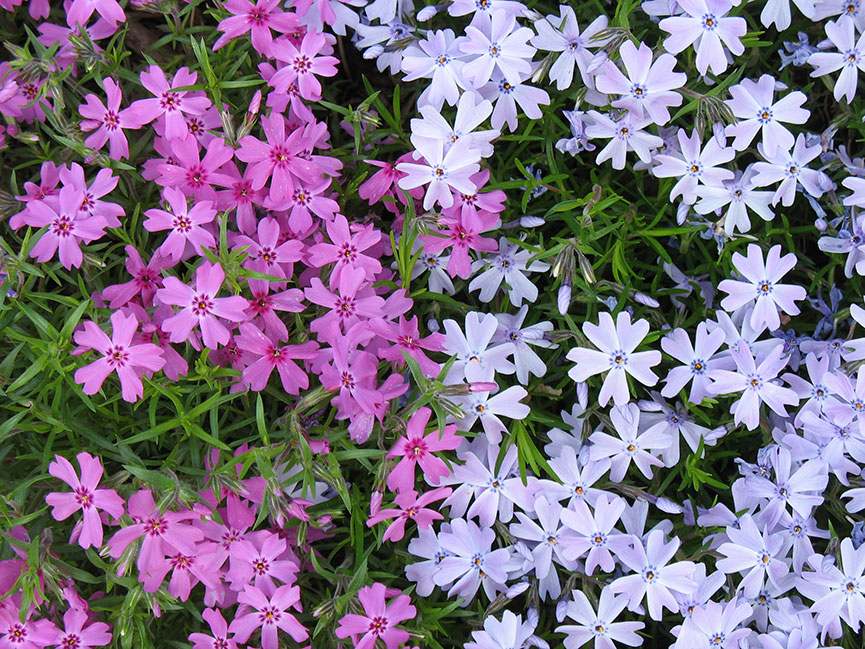
Add new comment